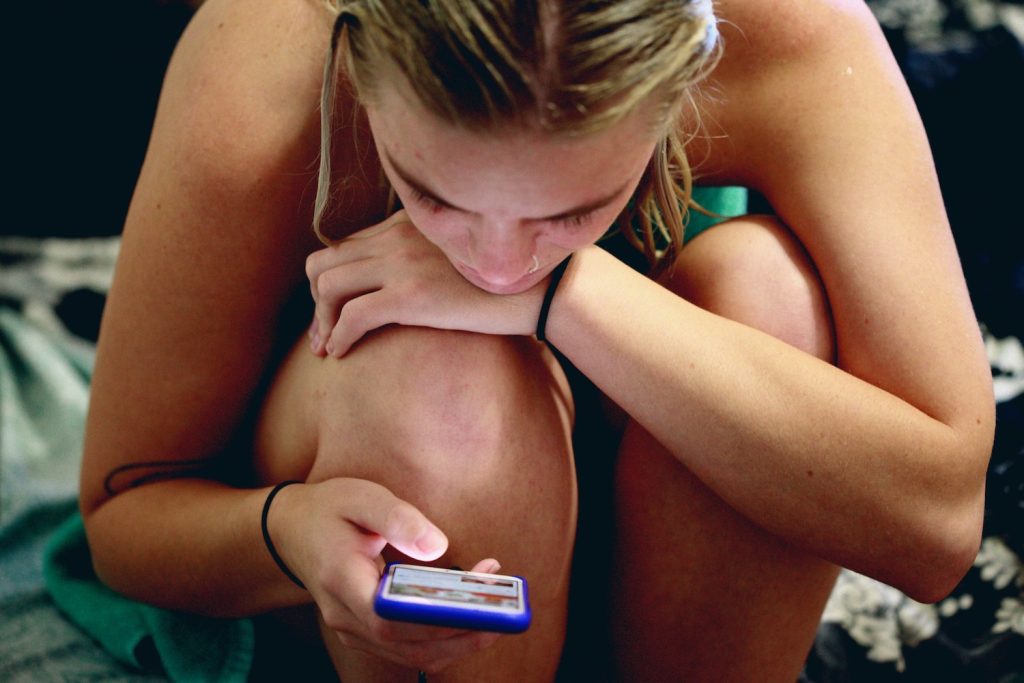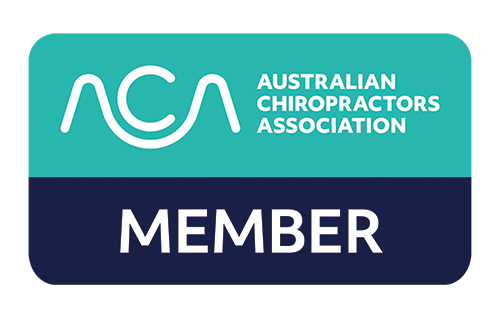Introduction
 If you’re a runner or an active individual, you may have experienced the discomfort of runner’s knee, also known as patellofemoral pain syndrome (PFPS). This common condition can put a temporary pause on your favourite activities, but with the right knowledge and approach, you can get back on track. In this guide, we’ll explore the causes, symptoms, and practical steps for managing and preventing runner’s knee, allowing you to enjoy a pain-free, active lifestyle.
If you’re a runner or an active individual, you may have experienced the discomfort of runner’s knee, also known as patellofemoral pain syndrome (PFPS). This common condition can put a temporary pause on your favourite activities, but with the right knowledge and approach, you can get back on track. In this guide, we’ll explore the causes, symptoms, and practical steps for managing and preventing runner’s knee, allowing you to enjoy a pain-free, active lifestyle.
Understanding the Causes:
- Overuse and Repetitive Stress: Runner’s knee often occurs when the knee undergoes excessive stress from activities like running or jumping. Taking a break and allowing your body to recover is crucial.
- Postural and Biomechanical Issues: Pay attention to your running form and any issues with your foot arch or leg alignment. Simple adjustments in your technique or the right footwear can make a significant difference.
- Muscular Imbalances: Strengthening exercises for your thigh and hip muscles can address imbalances, providing better support for your knee joint.
Recognizing the Symptoms:
- Pain and Tenderness: If you’re experiencing pain around your kneecap, especially during movement or when touching the area, it’s likely runner’s knee.
- Swelling: Keep an eye out for swelling around your knee, which may be accompanied by stiffness or tightness.
- Crepitus: A cracking or popping sensation when moving your knee could be a symptom. Take note of any unusual sounds.
Practical Steps for Relief:
- Rest and Ice: Give your knee the rest it needs, and apply ice to reduce inflammation. This simple step can kickstart your recovery.
- Exercises: Engage in knee exercises to strengthen your muscles and improve your knee’s stability. At Necks Backs Sports we will guide you through a personalized plan.
- Massage, Dry Needling: Muscle strain often results in “knots” technically known as “trigger points”. These are the source of the pain and can be made much less painful by massage and / or dry needling.
- Supportive Measures: Consider using knee braces, taping or supports to provide extra stability during activities. These can be particularly helpful as you ease back into your routine.
- Over-the-Counter Medications: Non-prescription anti-inflammatory medications should be used with caution – remember, taking these medications can often simply mask the issue, much like taking the batteries out of a smoke alarm – it is trying to tell you something! Always consult with a healthcare professional before using any medication.
YOUR Path to Prevention:
- Choose the Right Footwear: Invest in shoes that offer proper support and cushioning, and replace them regularly. We work closely with a Podiatrist to help with supportive footwear and
- Include Strength Training: Incorporate exercises that target your thigh and hip muscles into your routine. This can prevent imbalances and protect your knees.
- Postural and Biomechanical Assessment: If possible, consult with us to assess your gait and identify any potential issues such as flat feet or unlevel hips or legs. Correcting these factors can significantly reduce your risk of developing runner’s knee.
Conclusion:
Runner’s knee might feel like a setback, but armed with knowledge and a proactive approach, you can overcome it. Take the time to understand your body, listen to its signals, and embrace the steps for recovery and prevention outlined in this guide. If your symptoms persist or worsen, feel free to consult with us at Necks Backs Sports. We can provide a personalized guidance and treatment on your journey to a pain-free, active lifestyle. Remember, the road to recovery starts with taking the right steps today.



Leave a Reply